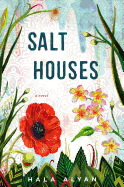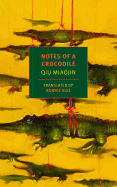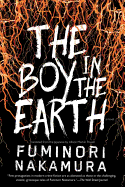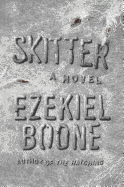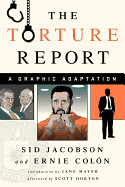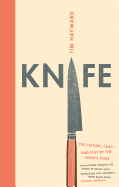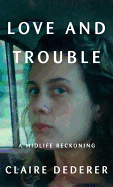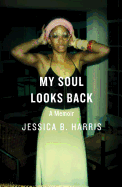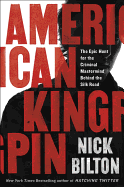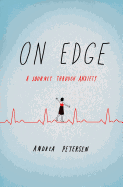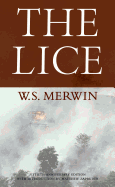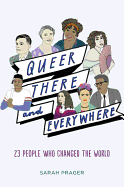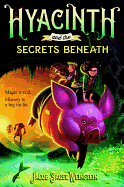_Jenny_Jimenez.jpg) |
| photo: Jenny Jimenez |
Claire Dederer is the author of the bestselling memoir Poser: My Life in Twenty-Three Yoga Poses, which has been translated into 12 languages. Her new memoir, Love and Trouble: A Midlife Reckoning (Knopf, May 9, 2017), explores her unexpected erotic reawakening in her mid-40s, dissecting her past and present while examining aging, sex, marriage, friendship and creativity with acuity, wit and a sometimes- startling honesty. Our review is below.
Early in your memoir, you write "Sex is changing and becoming dirty again," just as you were getting "lumpy and old(ish)." Your daughter, then 12, was near your age when you started going off the rails. Her "glowiness" raised the question of your mortality, but not in any way you cared to admit. Since you have finished the book, can you admit what those ways are?
I think all those things that I don't care to admit have to do with my own lack of desire to think about who I was when I was young, and about my own impending mortality. And then the book perversely becomes my thinking obsessively about all these things. In the final chapter, I'm just trying to talk about what we're going to do until we die--keeping on doing new things. Who knows why we keep going, or how we keep going with a sense of aging and impending death?
And trying to figure out how to be old. You long for the approving gaze of men that fades with aging. What do you replace it with?
I think the book is trying to unmask the motivations for that need. For approval. I try to look at it critically. I'm not trying to get over my need for it, but analyzing darker sides of my personality helps me. It's also an acknowledgement of what doesn't get talked a lot about: that loss of being seen sexually and, in terms of attractiveness, being objectified by the male gaze. We see that objectification as a negative, but it's also something that for our entire lives we are taught to seek and to value. So when we lose it, there's no language for mourning it. But it is a passing of a time of life, and one of the main themes of the book is that I was taught by my culture, by the people around me, to be a sexual creature from way too young an age; I didn't want to be taught that, but I became good at it. The middle-aged person I am in the book is in despair over some of this loss, and figuring out who she is. She's starting to see glimmers through her friendships, travel, the freedom in her marriage, her continuing joy in her children and her work. These are the things I come back around to at the end of the book. But most of the book is me as a character trying to figure out how to move on without that gaze.
In order to move on, do you have to give up the past?
I don't think my looking at the past is motivated by some healthy desire to move on. That makes it sound like a therapeutic impulse, like I was having a hard time. That's not what this book is. What it's describing is me doing a lot of bad behaviors in mid-life, feeling a lot of old feelings of despair and sexual yearning and an intense desire for emotional experiences. Wondering why I am feeling this, and realizing that, oh my gosh, this is exactly how I felt when I was an adolescent and young adult. Exactly. It's not so much me in a healthy way going back and trying to unearth my problems and solve them. It's more like f**ked-up middle-age me seeing f**ked-up adolescent me across the years and sort of saluting each other. That's really the dynamic of the book.
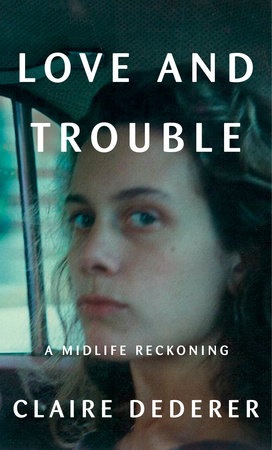 When you talk about thriving in captivity, it reminds me of what you write about pomegranates and Persephone--how she wants a break from her expectations and duties, so she gets herself abducted.
When you talk about thriving in captivity, it reminds me of what you write about pomegranates and Persephone--how she wants a break from her expectations and duties, so she gets herself abducted.
That's the emotional center of the book: It's a very historically female view--I want a change but I want a change to happen to me. I want to give up my agency and pretend I'm not responsible for what is happening to me. That placing of myself in a victim position, as an abductee, is a theme I explore throughout the book.
Writing about Lucy in A Room with a View, and the sun-drenched golden kiss with George, you say, "some of us... when we are middle-aged ladies, we will be susceptible to incursions, to people who make us feel like something is happening to us." That's an interesting way to look at mid-life: being susceptible to incursions.
That's a two-part observation. One is the idea that women are discouraged from seeing their depression or crisis as a comprehension of mortality. It's called menopause, it's not considered the understanding that women can see the same thing on the horizon as men. We are all dealing with mortality. My friend Gordon runs an Everest expedition company, and he says the times of real trouble on the mountain are with either a 45-year-old woman or a 65-year-old man. Those are the times women and men are confronting the end of their ability to have children, and thus confronting their own mortality. That results in a lot of really dumb decisions to summit at any cost.
And then, the second part--being open to incursion. I had never even been kissed by anyone other than my husband in 15 years of marriage, but clearly there was something volatile in me that was suddenly visible. That invited incursion. It was almost as though I were like a vacant body, roaming around, inviting whatever it is someone wanted to enact on that body. Because I was just so checked out in many ways.
What do you have to complain about? You have a good marriage, a nice family, a lovely house, a career....
To talk about it of course invited charges of whining. And privilege. I understand that, but I also think that it's important to try to take apart one's own experience and understand it. Empathy and all of the good human emotions flow out of being in touch with your own pain and real feelings. Clearly the person in this book has been managing those feelings for a really long time, by ignoring them and doing what she can to step around them. I will say I am not a person who believes in catharsis or transformation--we don't really change, we cycle around and become the same person over and over--but I do know that reconnecting with the melancholy and the despair and the difficulty I experienced as a young person made me nicer. It made me more authentically nice. More authentically kind. I am more sympathetic to other people and way less judgmental. Because that's what a rough patch does.
In the '70s and '80s, you "saw every question as a sex question because that was the only answer" you thought you had. Today we have the Kardashians--is that still the only answer?
That's not the only answer for a lot of young women. My daughter, who is 18, is definitely not that person. For some women it's the only answer, which obviously has a lot of rewards attached to it. I've thought a lot about this issue of then and now because the 1970s--when I was an adolescent--was a particularly sexually predatory period, combined with an era of more lax parenting. And more social mobility and openness. All of these things seem like they're good things on their own, but when you put them together, it's a match to tinder. None of those elements on their own should have a victim, but there were victims--girls. We feel so individual, but I'm fascinated by how we are products of a cultural moment. That was the impulse I was following in Poser as well. I have thought a lot about this kind of sexual pressure on girls and where we are now. I feel like culturally we've become more and more crass, in terms of the way we treat girls in media, but parents are way more aware of the dangers. Sexuality is far more dangerous than it was in the '70s.
Talking about sex and agency and power, you say, "You want the men of the world to hold you down, to obliterate you, to take away the agency you spent so many years fighting for, cultivating, growing."
I think there's one part toward the end of the book where I grapple with talking about being a sexual person and liking sex. That's a very difficult thing for me to write down, let alone say out loud to you. But I say that sex is the site of purest simplicity and I think that feeling has its roots in objectification, which I've spent the book setting up and explaining. It's not the way I would have chosen my sexuality to be shaped. But out of that came this thing in my life that has been a powerful and positive force. I think that in that moment, when I'm being overwhelmed by my husband or I'm being touched by someone in the way that takes away my agency, there's a way that that other person is transporting me to a place where I'm happy. Where I feel good. And I don't always feel comfortable, for a lot of reasons, in wanting this. And so I'm grateful to them for just saying "You're going." But that's very difficult, surrendering that agency so one doesn't have to be responsible for one's sexuality. That's a very dark and complicated thing to talk about.
What will it be like to have written a book that is so open about your sex life, and then doing readings and appearances?
I don't know. I got embarrassed just telling you I like sex. I'm scared about going out and supporting this book. I'm nervous about talking about it--it brings up some volatile ideas. I want to represent those correctly with the proper ambiguity and complications. It's a strongly feminist book in a subtle and complicated way. But I wrote this for the me that was in despair five years ago and I really believe in it. If one person gets something out of it, that's valuable to me. --Marilyn Dahl
Claire Dederer: Power and Vulnerability
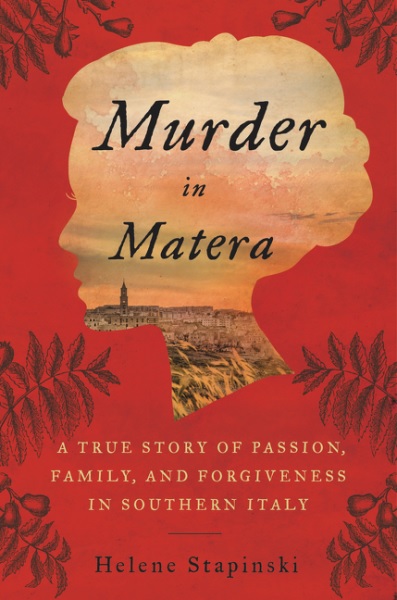 Like Reed, Helene Stapinski faces the question of criminal inevitability in Murder in Matera (Dey Street, $26.99). For her, though, it runs much deeper. A family legend has been passed down for generations about her great-great-grandmother: "Vita was a murderess. She took a life and ran." Her ancestor's violence and loose morals may yet reside in Stapinski's DNA, she's cautioned, and one day she or her children may succumb to such passions. To uncover the truth about Vita, Stapinski departs Brooklyn for the Italian province where it all went down.
Like Reed, Helene Stapinski faces the question of criminal inevitability in Murder in Matera (Dey Street, $26.99). For her, though, it runs much deeper. A family legend has been passed down for generations about her great-great-grandmother: "Vita was a murderess. She took a life and ran." Her ancestor's violence and loose morals may yet reside in Stapinski's DNA, she's cautioned, and one day she or her children may succumb to such passions. To uncover the truth about Vita, Stapinski departs Brooklyn for the Italian province where it all went down. 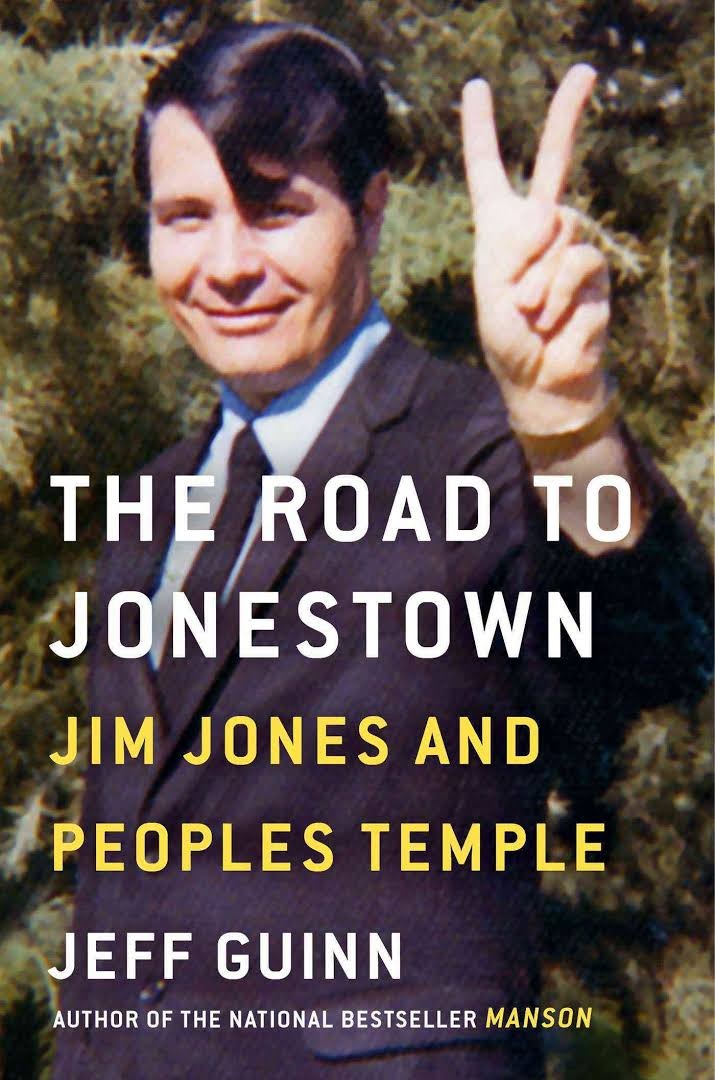 The question of bad seeds arises repeatedly in true crime, because usually the offense is so horrific we can't imagine how it could happen otherwise. That's what makes the Jim Jones biography The Road to Jonestown (Simon & Schuster, $28) so enthralling. Jeff Guinn reveals how an ambitious young integrationist became a murderous demagogue.
The question of bad seeds arises repeatedly in true crime, because usually the offense is so horrific we can't imagine how it could happen otherwise. That's what makes the Jim Jones biography The Road to Jonestown (Simon & Schuster, $28) so enthralling. Jeff Guinn reveals how an ambitious young integrationist became a murderous demagogue.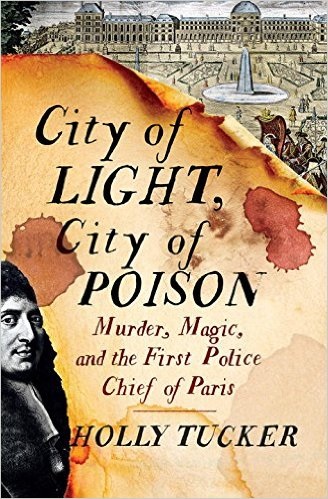 Likewise, environment can have just as much influence on criminal potential, as Holly Tucker illustrates in City of Light, City of Poison (Norton, $26.95). The Parisian court of King Louis XIV was rife with murder, sex and magic--mysteries the first police chief, Nicolas de la Reynie, was determined to solve, no matter how cruel the interrogation technique.
Likewise, environment can have just as much influence on criminal potential, as Holly Tucker illustrates in City of Light, City of Poison (Norton, $26.95). The Parisian court of King Louis XIV was rife with murder, sex and magic--mysteries the first police chief, Nicolas de la Reynie, was determined to solve, no matter how cruel the interrogation technique.


_Jenny_Jimenez.jpg)
 When you talk about thriving in captivity, it reminds me of what you write about pomegranates and Persephone--how she wants a break from her expectations and duties, so she gets herself abducted.
When you talk about thriving in captivity, it reminds me of what you write about pomegranates and Persephone--how she wants a break from her expectations and duties, so she gets herself abducted.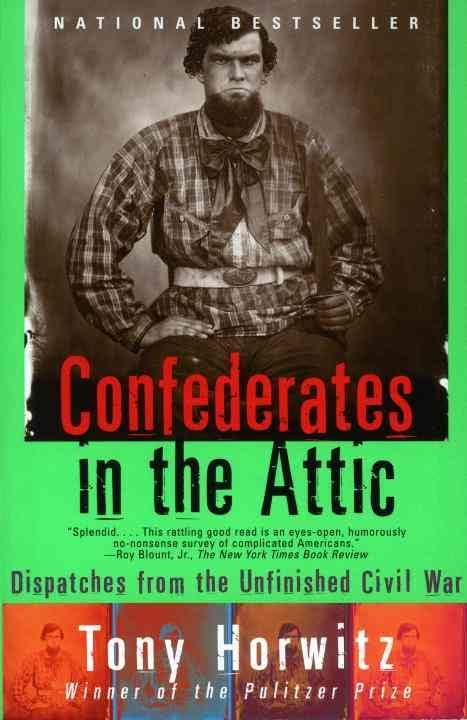 Pulitzer Prize-winning journalist Tony Horwitz's Confederates in the Attic: Dispatches from the Unfinished Civil War (1998) is a mix of travelogue, humor and history that alternates effortlessly between the absurd and deadly serious legacies of the American Civil War. Horwitz travels through the Southern United States to places where a 130-year-old war still impacts daily life. He participates in hardcore reenactments, in which starving and freezing are considered good form, tours controversial memorial sites, uncovers the real history behind Gone with the Wind, and follows along on a week-long "Civil Wargasm" tour of battlefields in Virginia and Maryland while in authentic uniform.
Pulitzer Prize-winning journalist Tony Horwitz's Confederates in the Attic: Dispatches from the Unfinished Civil War (1998) is a mix of travelogue, humor and history that alternates effortlessly between the absurd and deadly serious legacies of the American Civil War. Horwitz travels through the Southern United States to places where a 130-year-old war still impacts daily life. He participates in hardcore reenactments, in which starving and freezing are considered good form, tours controversial memorial sites, uncovers the real history behind Gone with the Wind, and follows along on a week-long "Civil Wargasm" tour of battlefields in Virginia and Maryland while in authentic uniform.